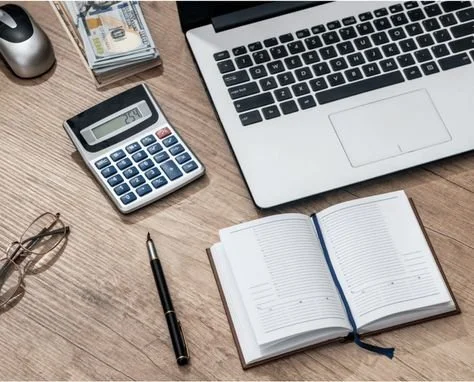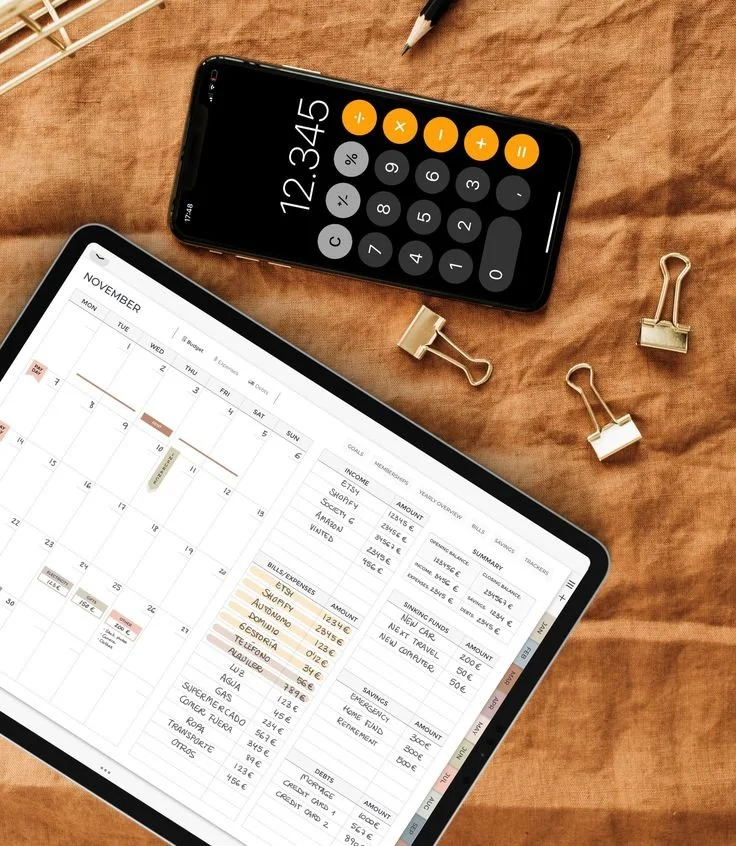Minimalist Budgeting: Spend Less, Live More
Personal finance doesn’t need to be complicated. Instead, minimalist budgeting offers clarity, control, and freedom. Meanwhile, by spending thoughtfully, you can focus on priorities—like experiences, growth, and relationships—rather than accumulating stuff.
What Is Minimalist Budgeting?
Firstly, minimalist budgeting streamlines your finances by prioritizing essentials.
Also, it’s about identifying and funding must-have expenses—then cutting back on extras (“wants”).
Therefore, every dollar gets intentional use.
Top Benefits of Simplifying Your Budget
Moreover, this approach reduces financial stress and decision fatigue .
Also, it helps you build savings—by trimming clutter and redirecting funds .
As a result, feelings of security and control grow stronger.
Core Principles: Needs, Savings, and Careful Spending
Next, minimalist budgeting relies on three pillars:
Cover the essentials: Allocate income to needs—rent, utilities, groceries, insurance.
Pay yourself first: Automate savings before spending. Experts call this reverse budgeting.
Mindful spending: Question each non-essential expense—“Does this bring value?”.
Effective Money Methods
Nevertheless, methods vary by preference:
50/30/20 rule: 50% needs, 30% wants, 20% savings/debt.
Reverse budgeting: Set savings goals first, then live on the rest.
Zero‑based budgeting: Every dollar is assigned to a specific purpose.
Envelope system: Use cash envelopes or separate accounts to curb overspending.
Steps to Build Your Minimalist Budget
Here’s how to start:
Track your spending: Document everything for a few weeks to understand where funds go.
Sort essentials vs. wants: List must-haves first, then discretionary items.
Automate savings and bills: Use auto-transfers or direct deposits for stress-free budgeting.
Add friction to spending: Delete shopping apps, unsubscribe from offers, and delay purchases.
Review regularly: Keep checking progress monthly or quarterly and adjust as needed.
Smart Minimalist Tactics
Plan no-spend days to reset habits and build awareness.
Consolidate accounts and cancel extras to simplify tracking.
Buy strategic, high-quality items rather than cheap replacements.
Declutter and sell unused items to fund purposes that matter.
Make budgeting flexible: tweak the 50/30/20 split based on your goals.
Real Stories from the Field
For instance, Reddit users report using one bank account, limiting credit cards, and automating savings as effective minimal models .
Moreover, another user saved USD 10,000 in a year by assigning every dollar a job, suppressing impulse buys, and tracking net worth .
Why Minimalism Enhances Life
Ultimately, minimalist budgeting does more than save money—it enriches your life.
Also, with fewer distractions, you gain time, space, and mental energy.
Furthermore, it aligns spending with deeply held values, not external pressure .
Final Thoughts
Minimalist budgeting is simple yet powerful.
By prioritizing essentials, automating savings, and spending intentionally, you create financial clarity and freedom.
So, start small: track spending, set clear goals, and simplify your money life.
In the end, you’ll spend less, experience more, and truly live more fully.

